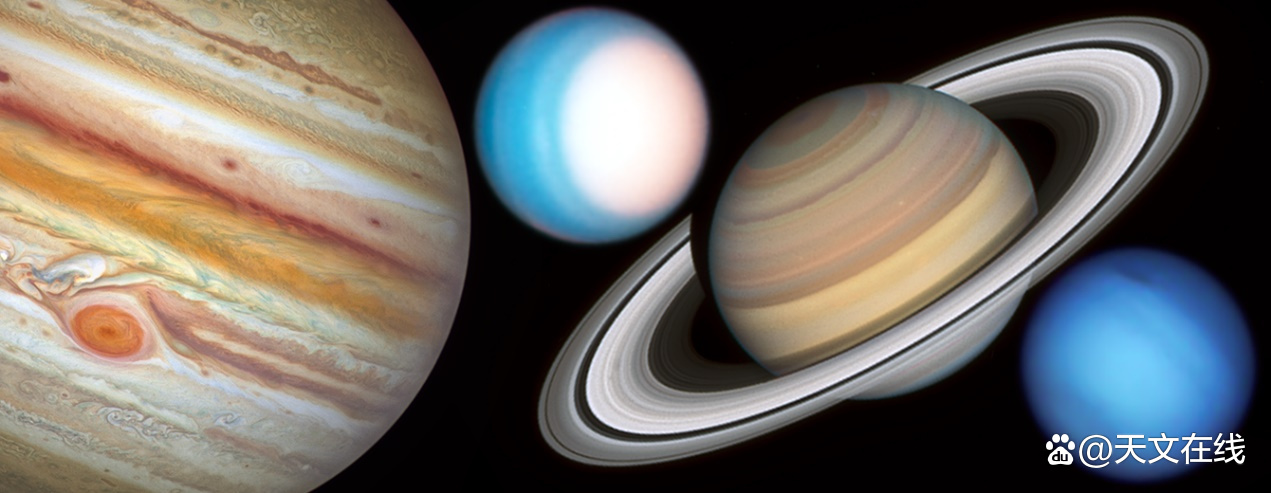The latest research results of "Skywen No. 1" Mars Exploration Release "Zhu Rong" Martian car secondary surface detection radar revealing Martian superficial structure
Author:Xinhuanet Time:2022.09.27
Xinhuanet, Beijing, September 27 (Wang Ying) The reporter learned from the Institute of Geology and Geophysics of the Chinese Academy of Sciences that the Mars Research Team has achieved the latest research results of the "Tianwen No. 1" Mars detection. Studies have shown that there are two sets of thinning layers under the weathered layer of the "Zhu Rong" Mars landing area, which may reflect about 3.5 billion to 3.2 billion years since the fire. Table renovation process. At present, no evidence of liquid water is found at 0-80 meters below the fire watch, but it does not rule out the possibility of salt ice. Related research results were published in the international academic journal "Nature" magazine on the evening of September 26, Beijing time.
On May 15, 2021, the "Zhu Rong" Mars car carried by the first Mars detection mission "Tianwen No. 1" in my country successfully landed in the landing area in the southern part of the Mars Utopia Plain to start inspection and detection. The Utopia Plain is the largest impact basin of Mars. It may have been an ancient ocean, indicating that there may be a livable environment in the early days of Mars. How does the geology evolve here? What kind of underground structure does today? Is there still water or ice? The Institute of Geology and Earth Physics of the Chinese Academy of Sciences and the National Space Science Center of the Chinese Academy of Sciences and Peking University conducted research on these important scientific issues and made breakthrough progress.
According to the research team, detailed Mars underground structure and physical information are the key basis for studying the evolution of Mars geology and its livable environment, and it is an important part of Mars detection. The "Zhu Rong" Martian car secondary surface detection radar carried by my country's "Tianwen No. 1" can make fine imaging of the shallow structure of the inspection area, and deepen people's understanding of key scientific issues such as utopian plain evolution and groundwater/ice distribution.
The reporter learned that the "Zhu Rong" Mars car equipped with a second -layer detection radar was the first patrol radar detection of the world's first patrol radar detection in the Mars Utopia Plain. So far, human beings have conducted four inspection radar detection on the places outside the earth. Among them, my country Chang'e -3 and Chang'e IV have realized fine detection of the front and back of the lunar and back on the front of the moon. The United States "Perseverance" and my country's "Zhu Rong" Mars car started in 2021 the Mars inspection radar detection. The exploration area of "perseverance" is the edge of the Jezuro impact pit, and its actual maximum detection depth is 15 meters. The "Zhu Rong" Martian car detection area is the southern part of the Utopia Plain. The radar frequency band is wide, and its actual maximum detection depth is 80 meters.
The scientific detection data released by the National Space Administration and the Aerospace Engineering Center and the Aerospace Engineering Center provided solid data guarantee for the development of Mars research. In the latest research, scientific researchers conducted an in -depth analysis of the low -frequency radar data with the first 113 Mars Day and the detection length of the "Zhu Rong" Mars. With strata physical information, there are two sets of thinning layers under the fire layer with a thick fire of the area, which may reflect about 3.5 billion-32 billion years since multiple times. Essence
Among them, the first set of layers is about 10-30 meters underground, which contains more stones, and its particle size gradually increases with the depth. For short-term floods, long-term weathering or repeated meteorites in the short-term floods, long-term weathering or repeated meteoritic impacts in about 1.6 billion years ago, the second set of layers is about 30-80 meters underground. The larger particle size (can be reached meter) and the distribution is more messy, reflecting the older and larger fire watch transformation events. Based on the previous results of the impact pit statistics, the transformation incident may occur from 3.5 billion to 3.2 billion years ago, which is related to large flood activities in the southern part of the utopian plains.
In addition, one of the main targets of the "Zhu Rong" Martian vehicle sub -surface detection radar is to detect whether the southern part of the Utopia Plain has groundwater/ice today. The results of low-frequency lightning reaching the results show that the intensity of the reflex signal in the depth of 0-80 meters is stable, and the medium has a lower dielectric constant, eliminating the possibility of the water rich layer under the inspection path. The results of thermal simulation also further showed that liquid water, sulfate, or carbonate brine is difficult to stabilize within 100 meters under the ground underground of the "Zhu Rong" Mars, but the possibility of salt ice cannot be ruled out.
The article published in "Nature" is the original results obtained by Chinese scientists using the first Mars detection task scientific data in my country. Observation evidence of long -term water activity has provided an important basis for deep understanding of Mars geological evolution, environment and climate change.
![]()
[Editor in charge: Lu Junyu]
- END -
There are eight experts from remote farms here

Our small village with a remote border between Shaanxi and Mongolia, a small famil...
The latest changes, in the 21 years of golden autumn, Hubble brought us the four major planets

Now is the time for the solar system weather report!Every year, the oldest space t...